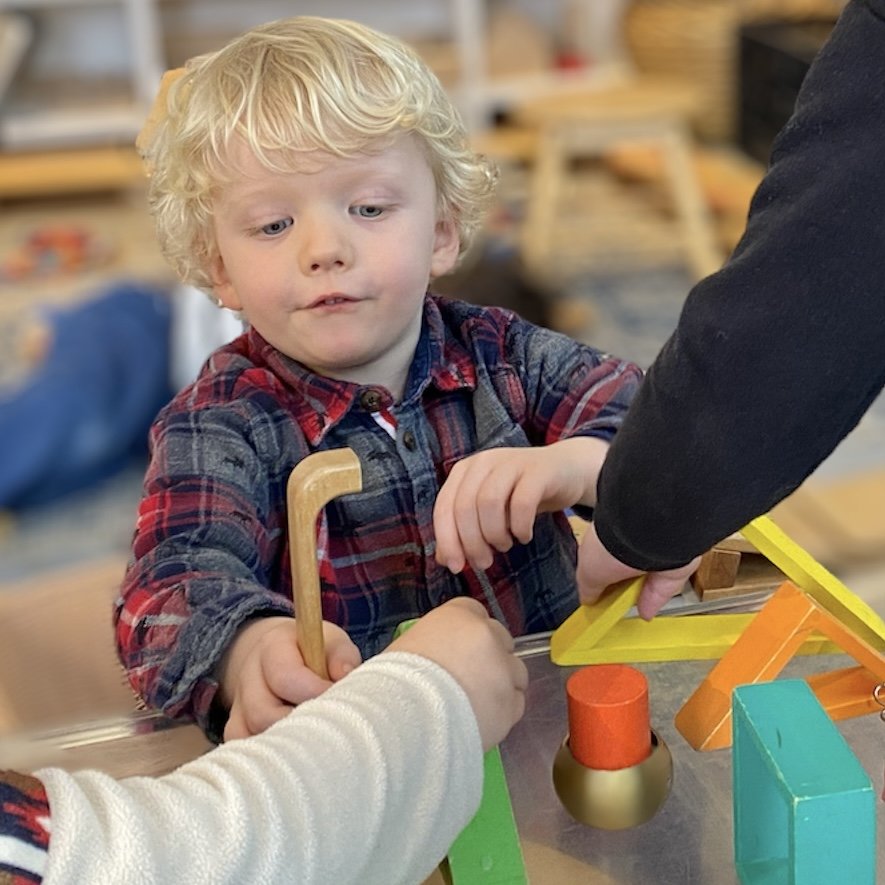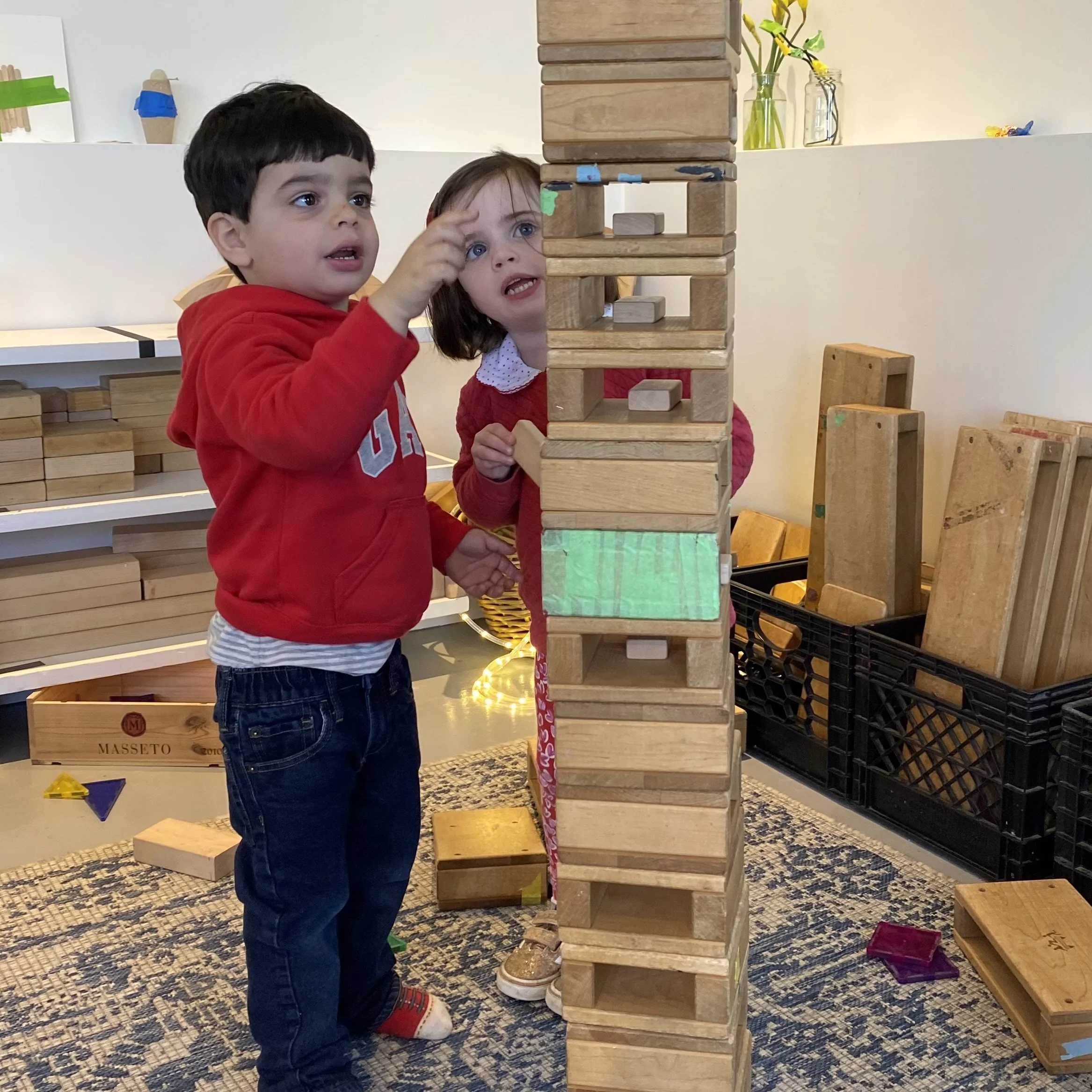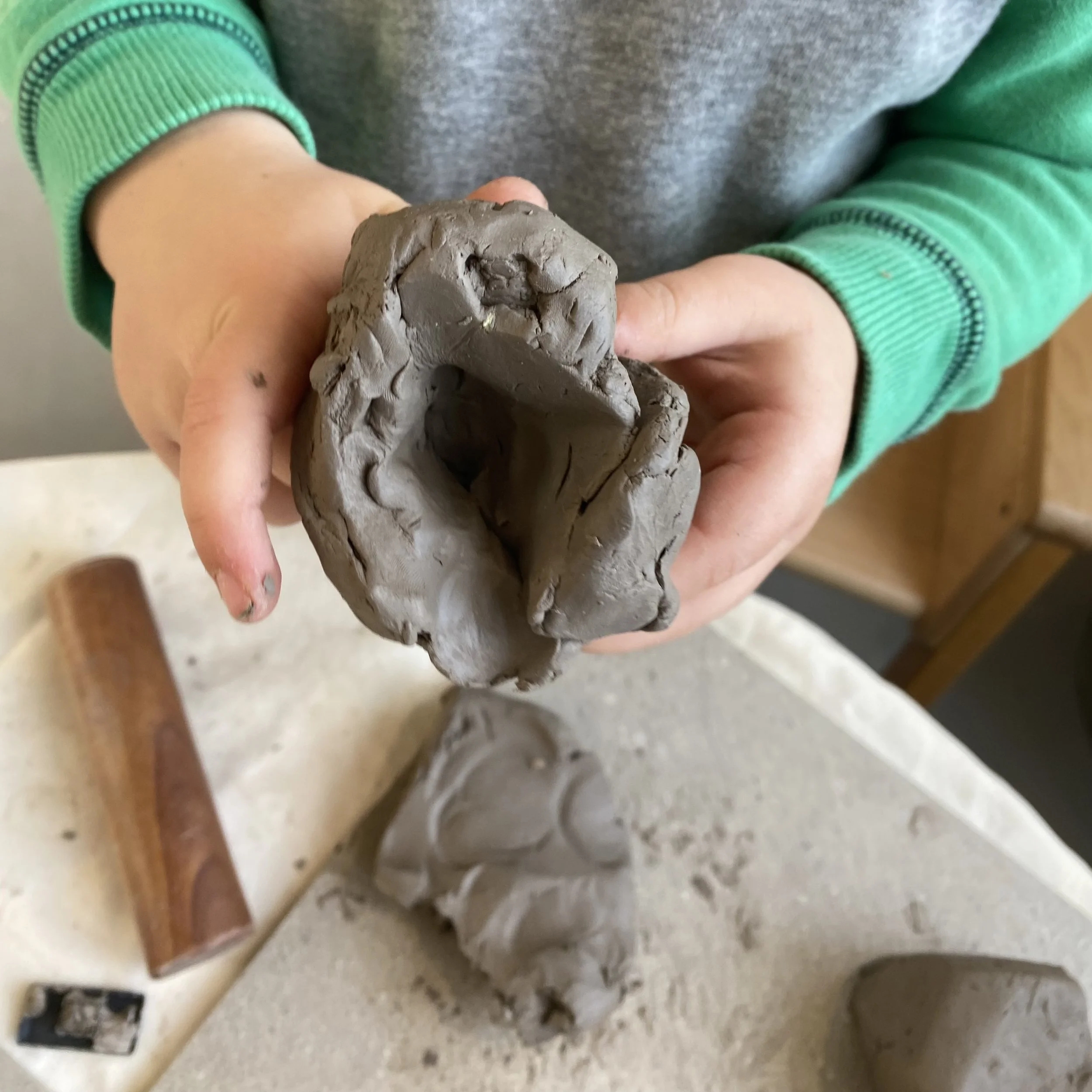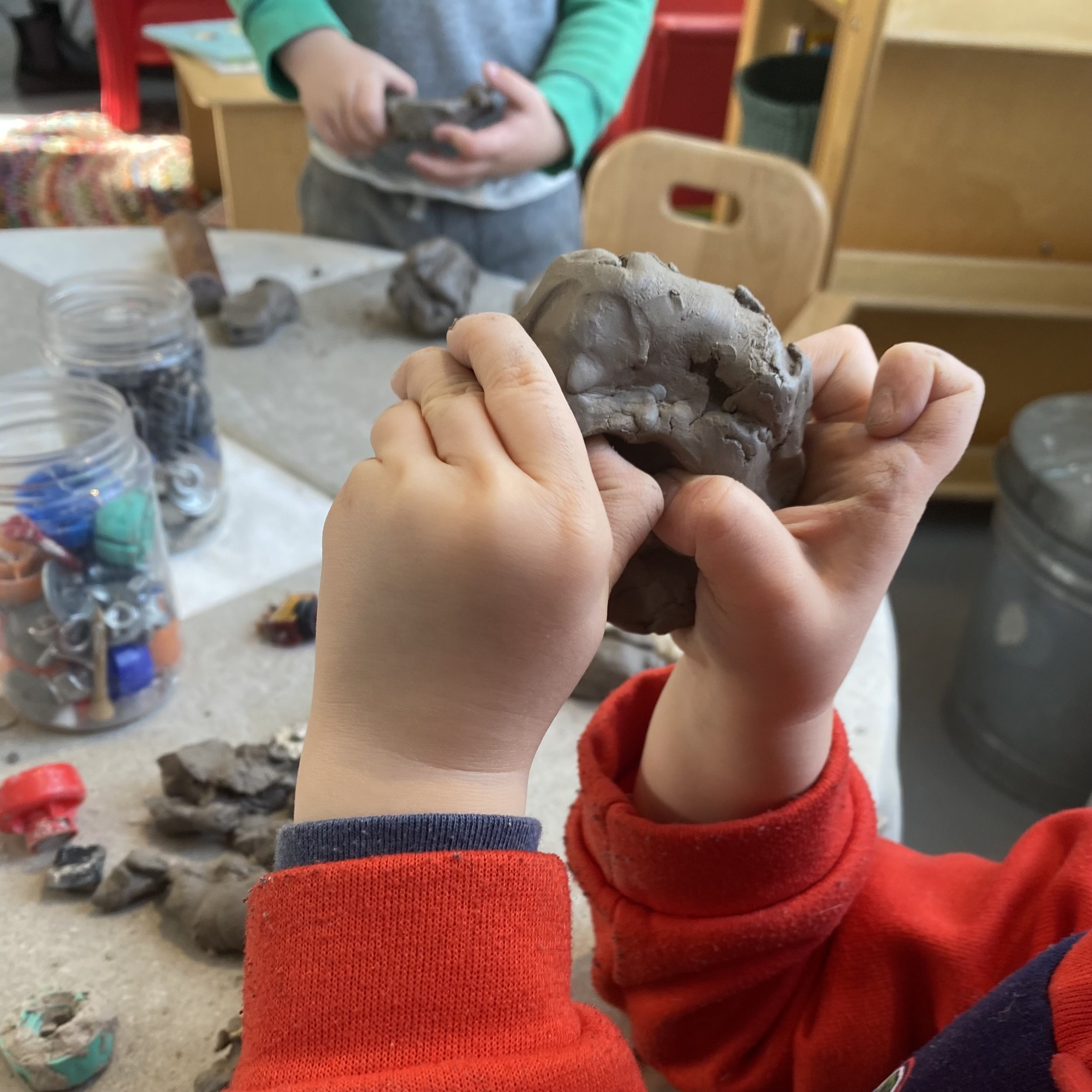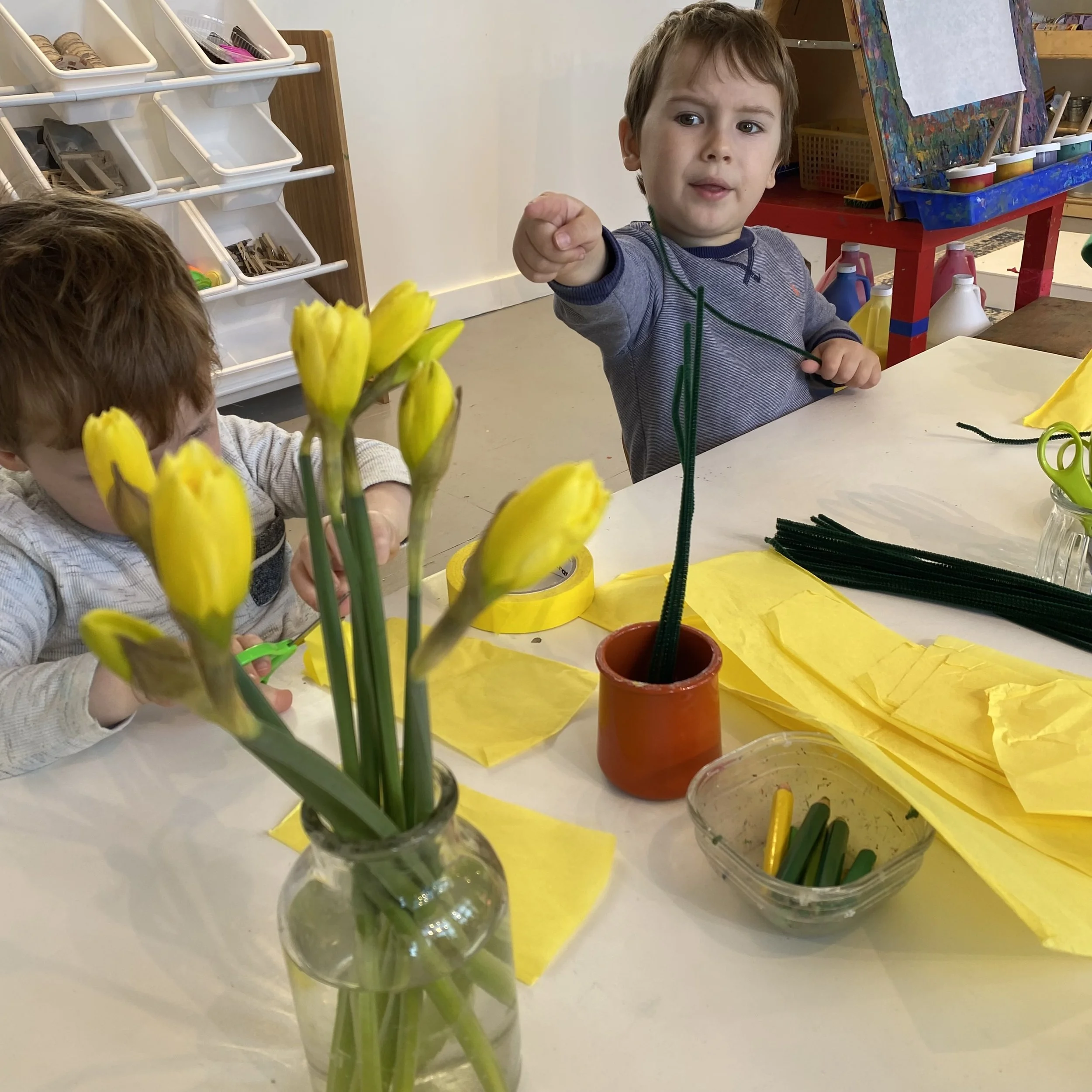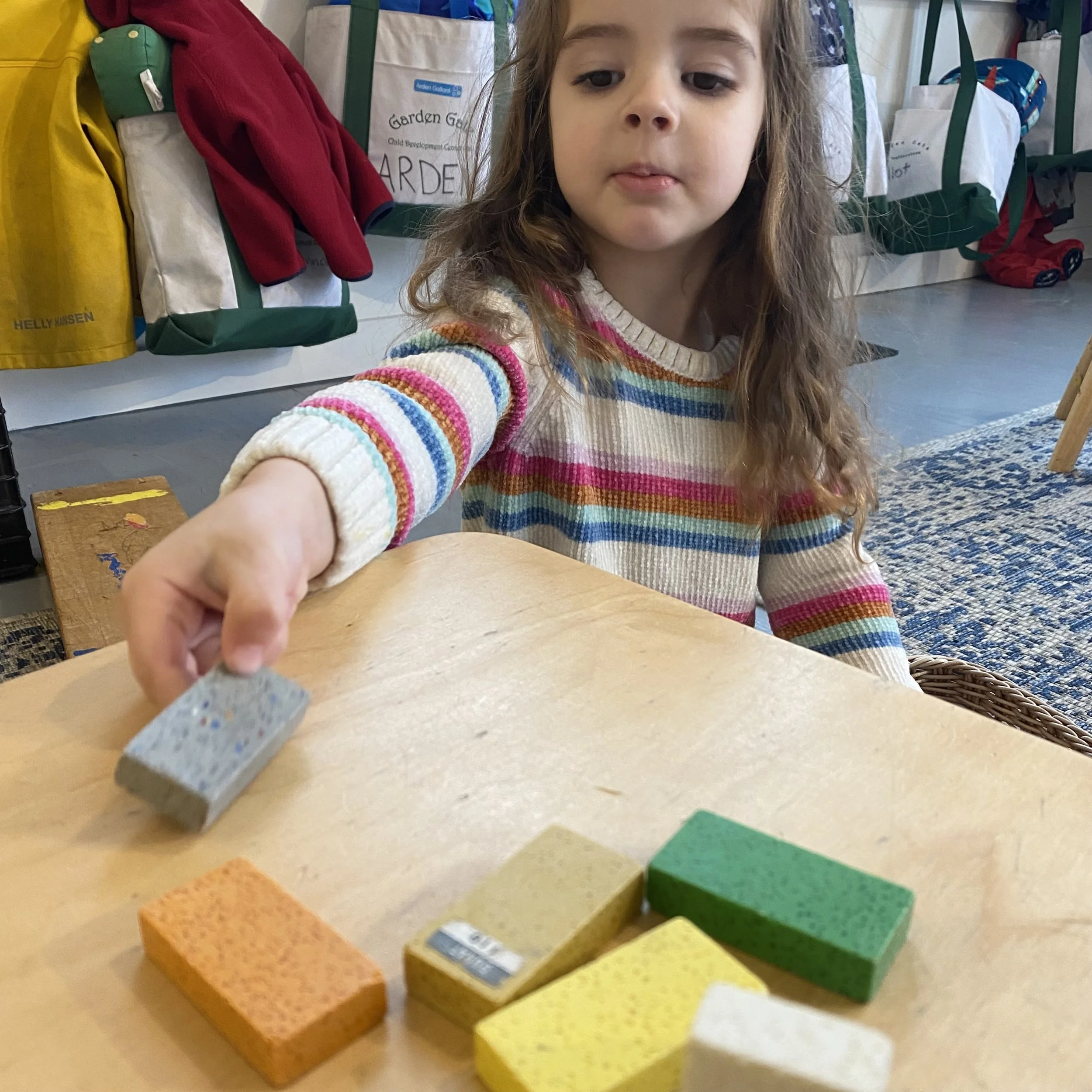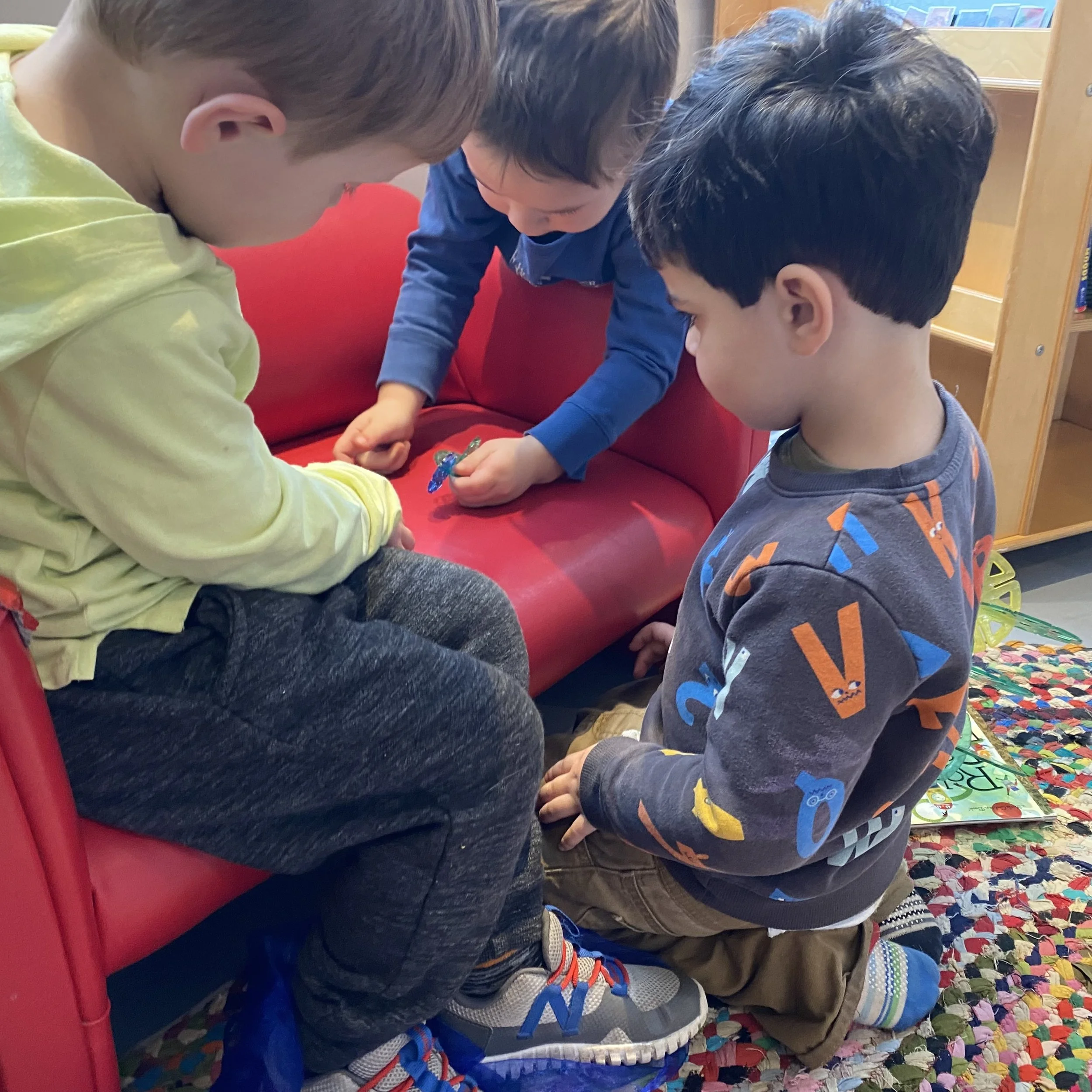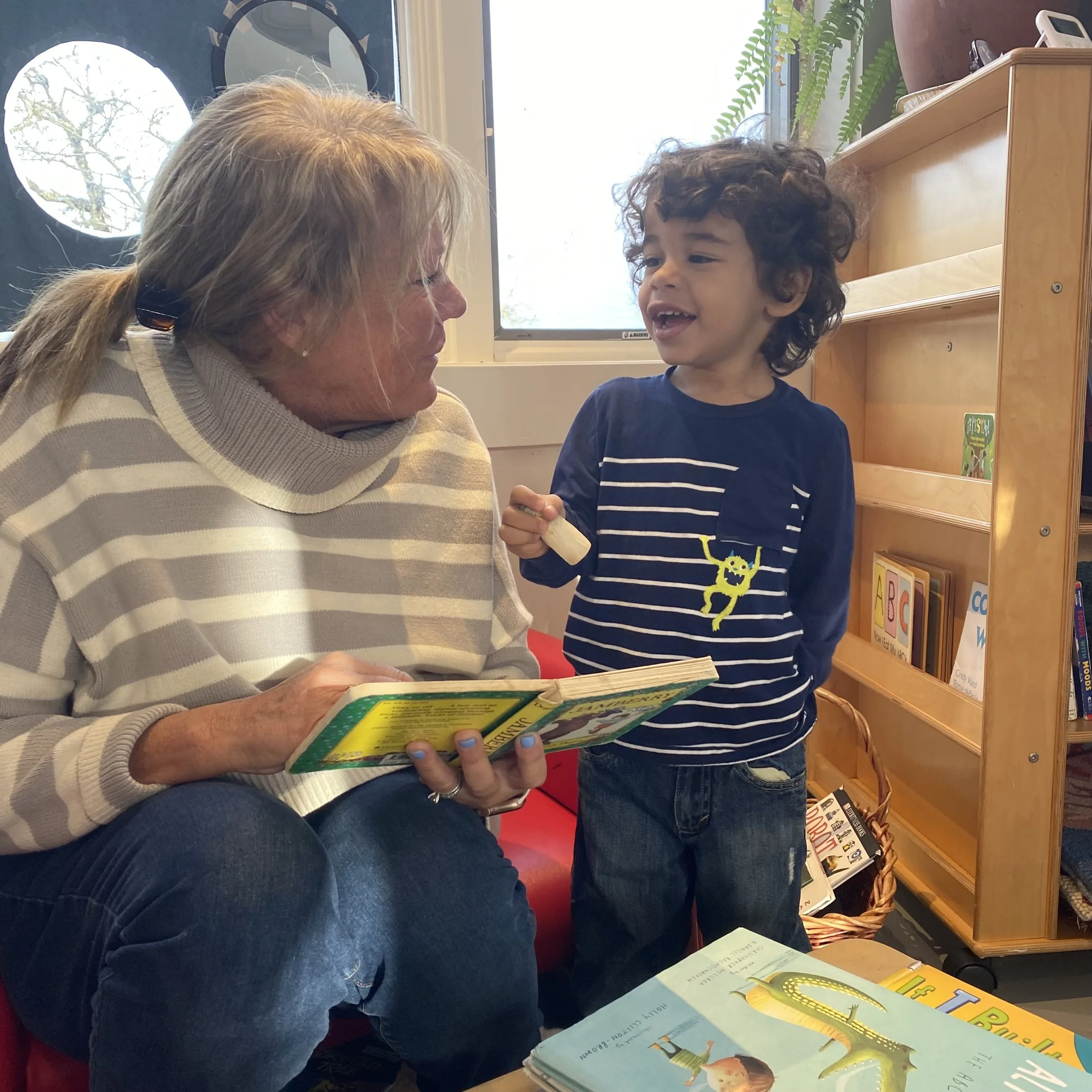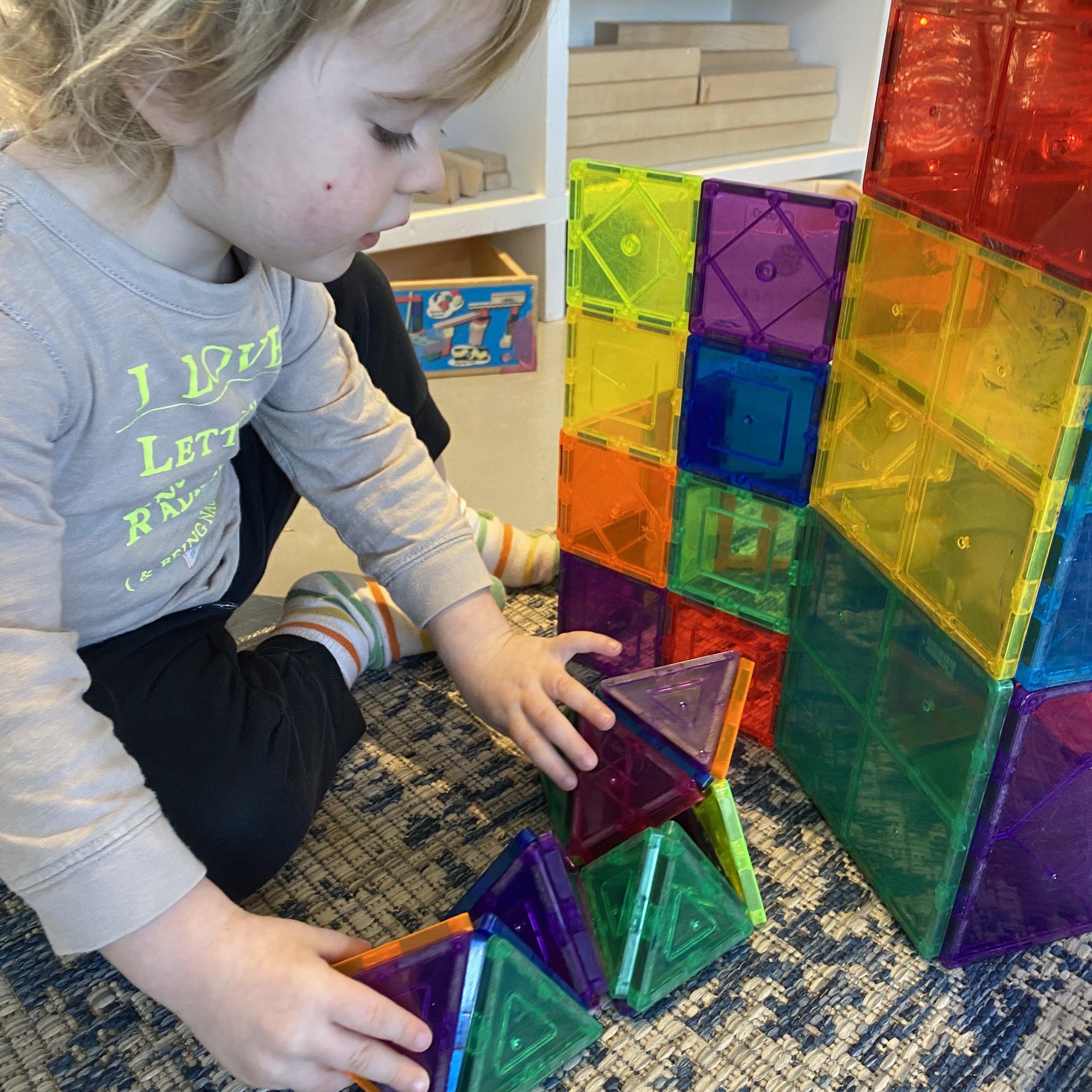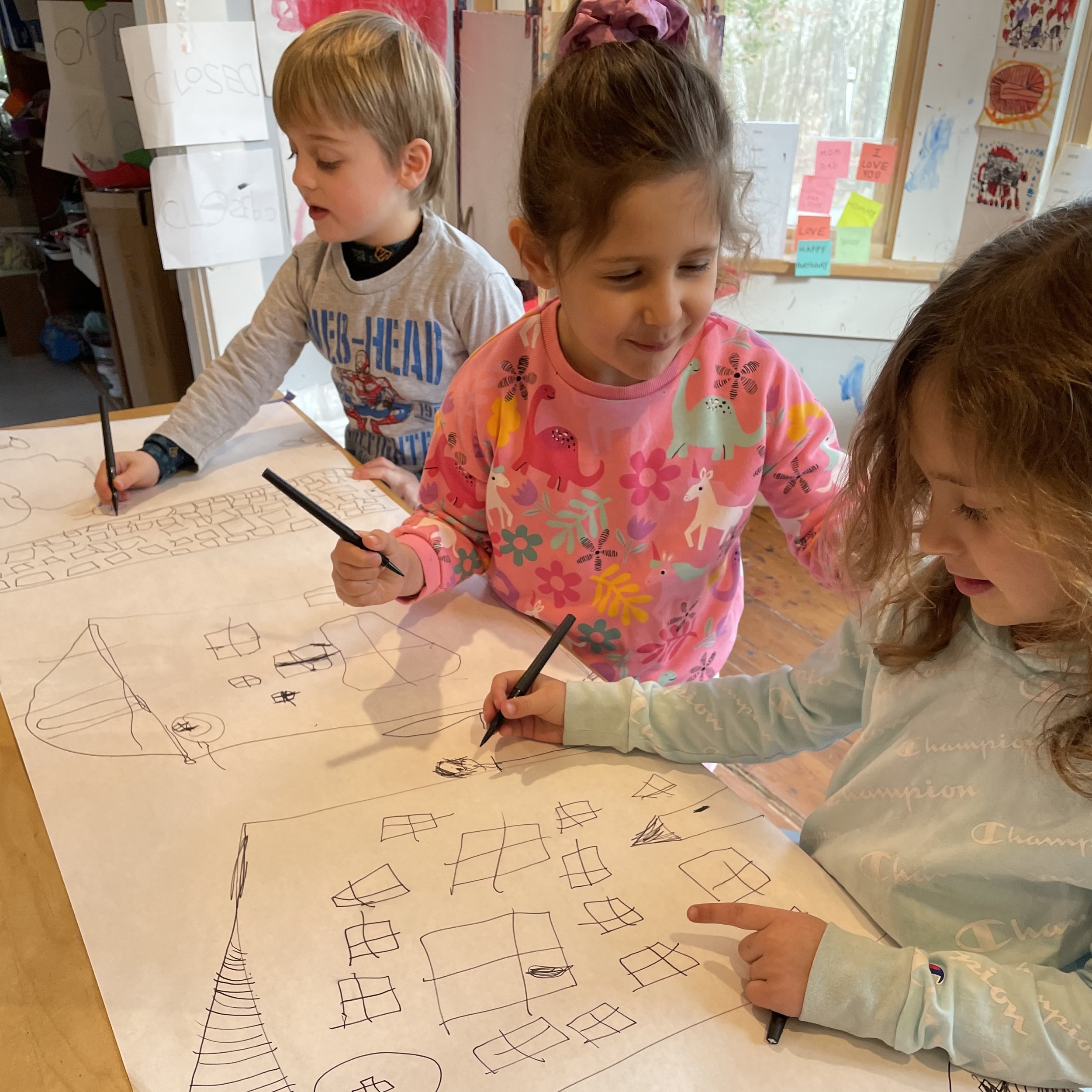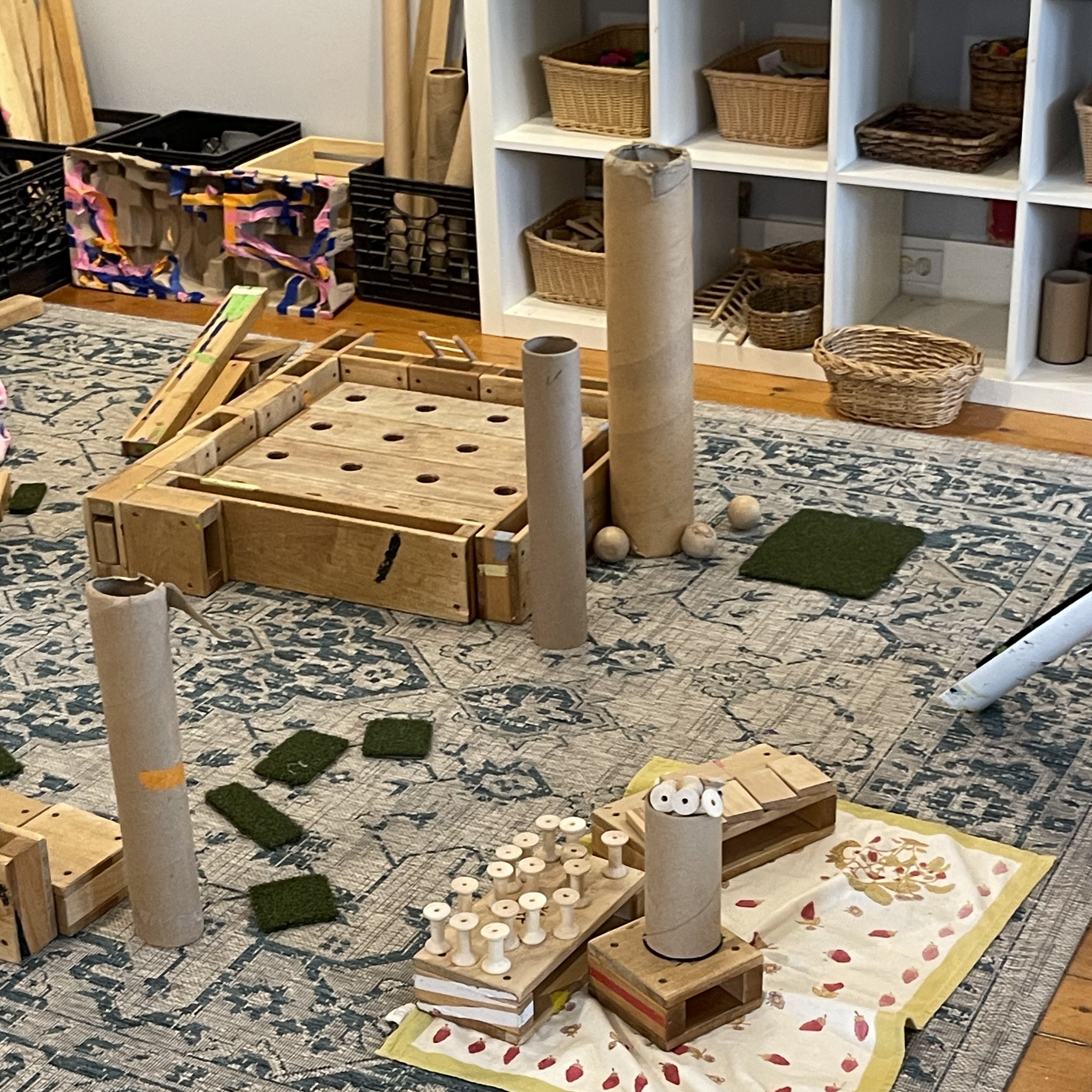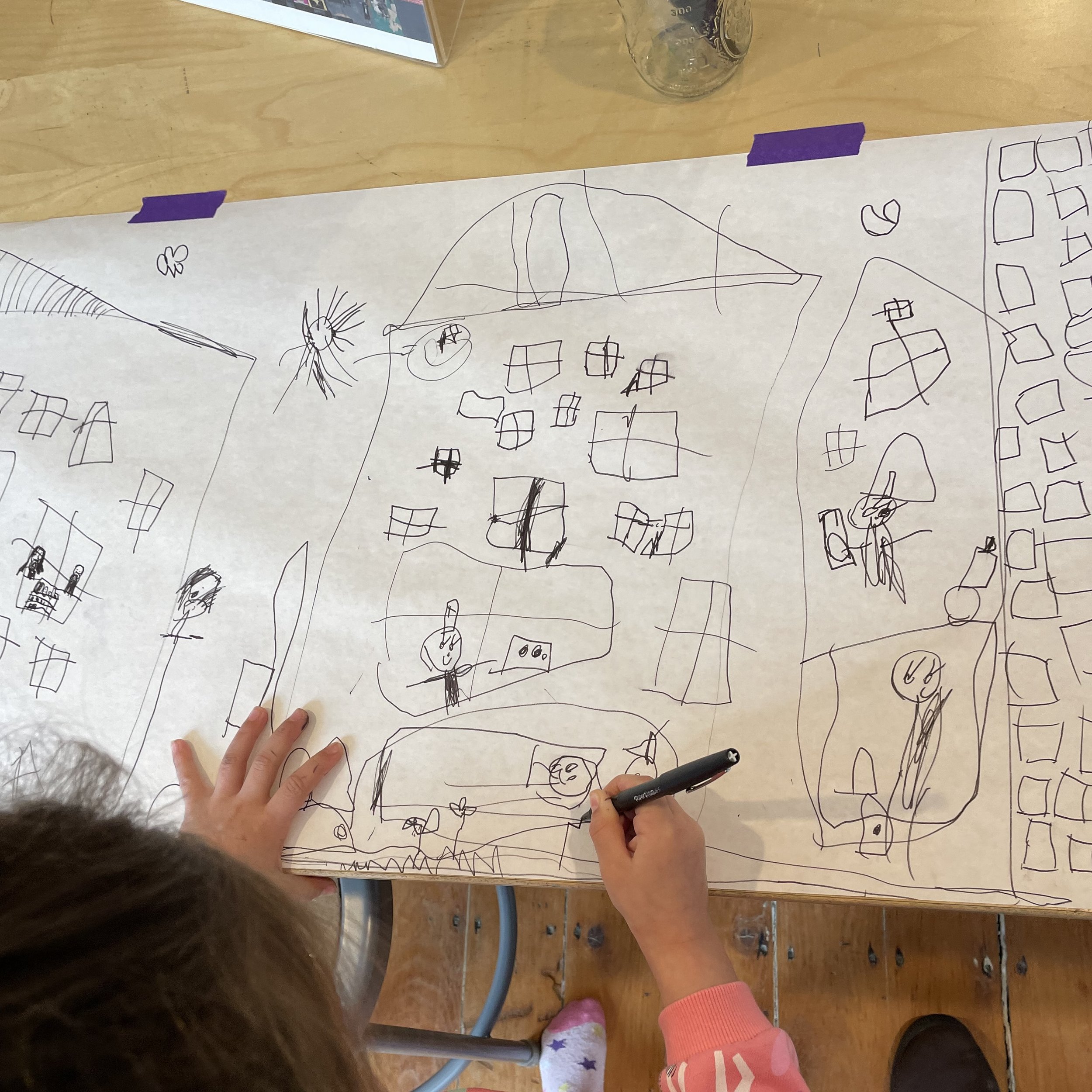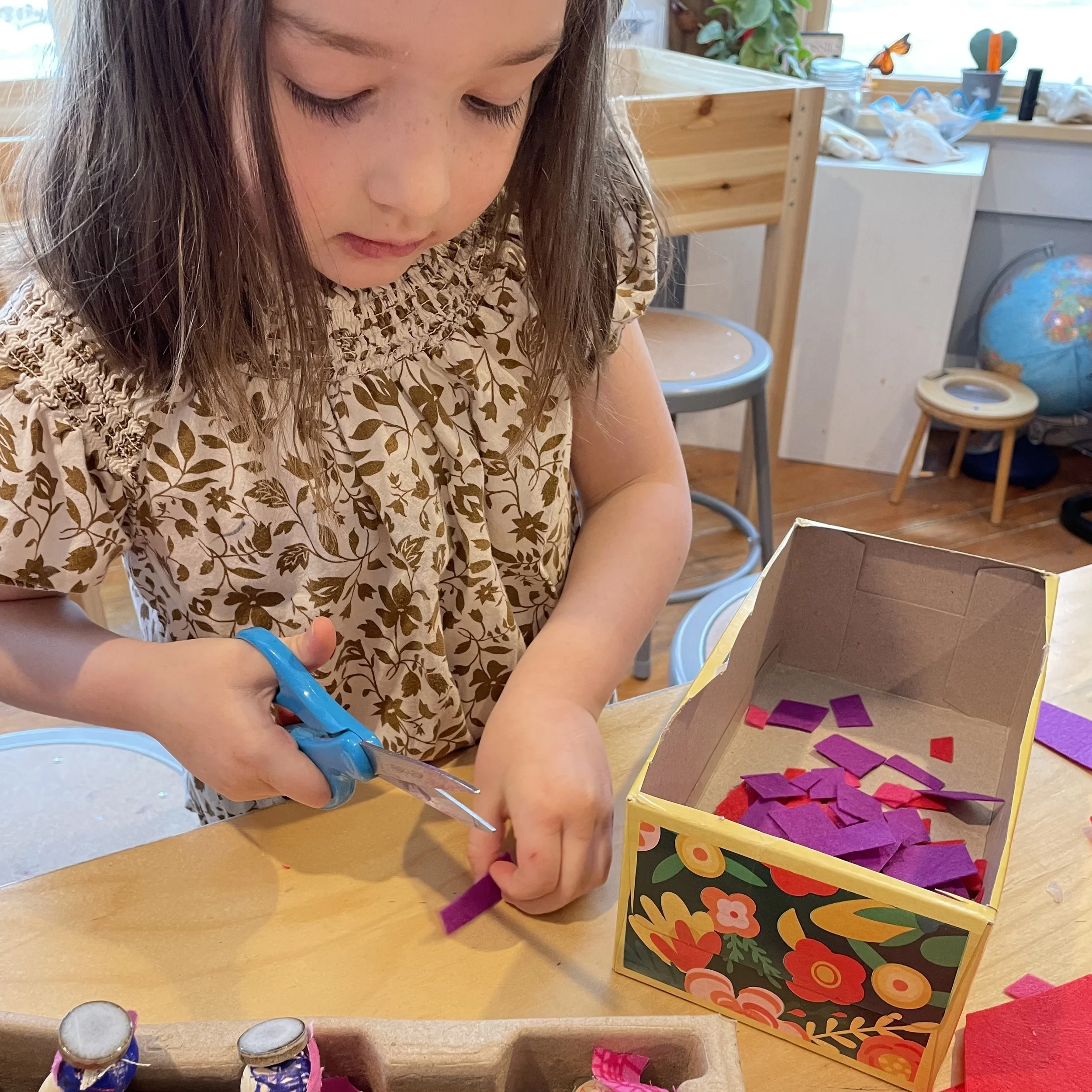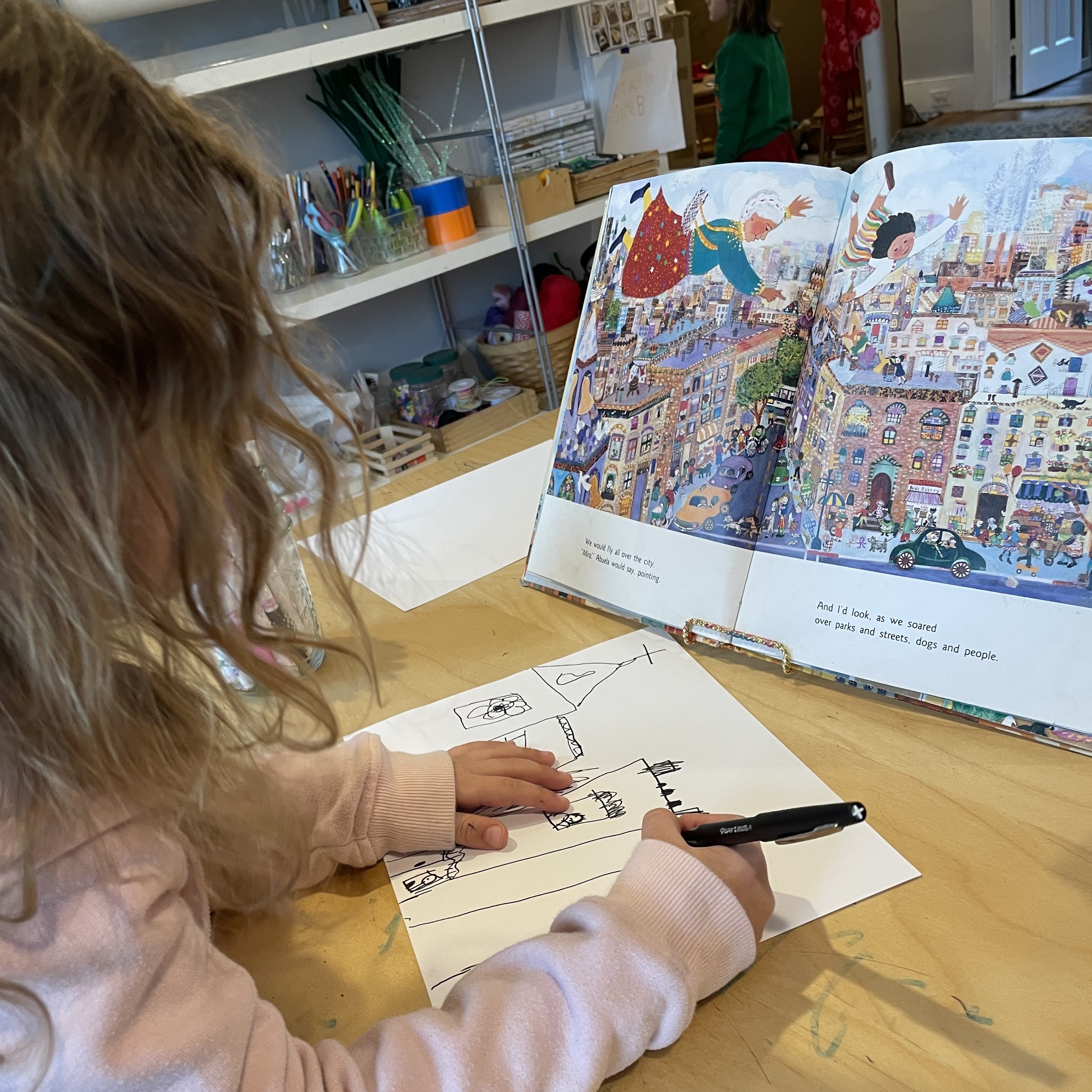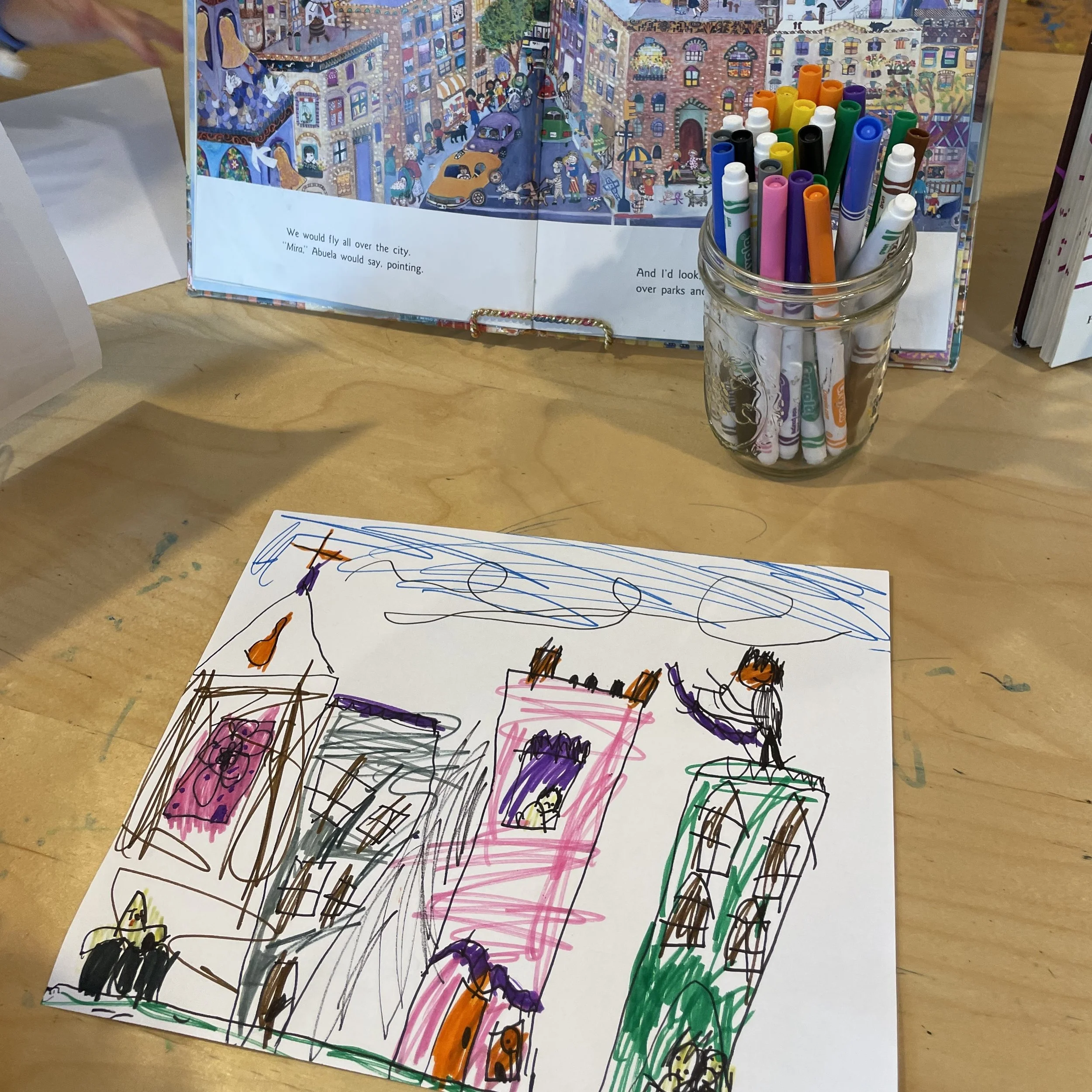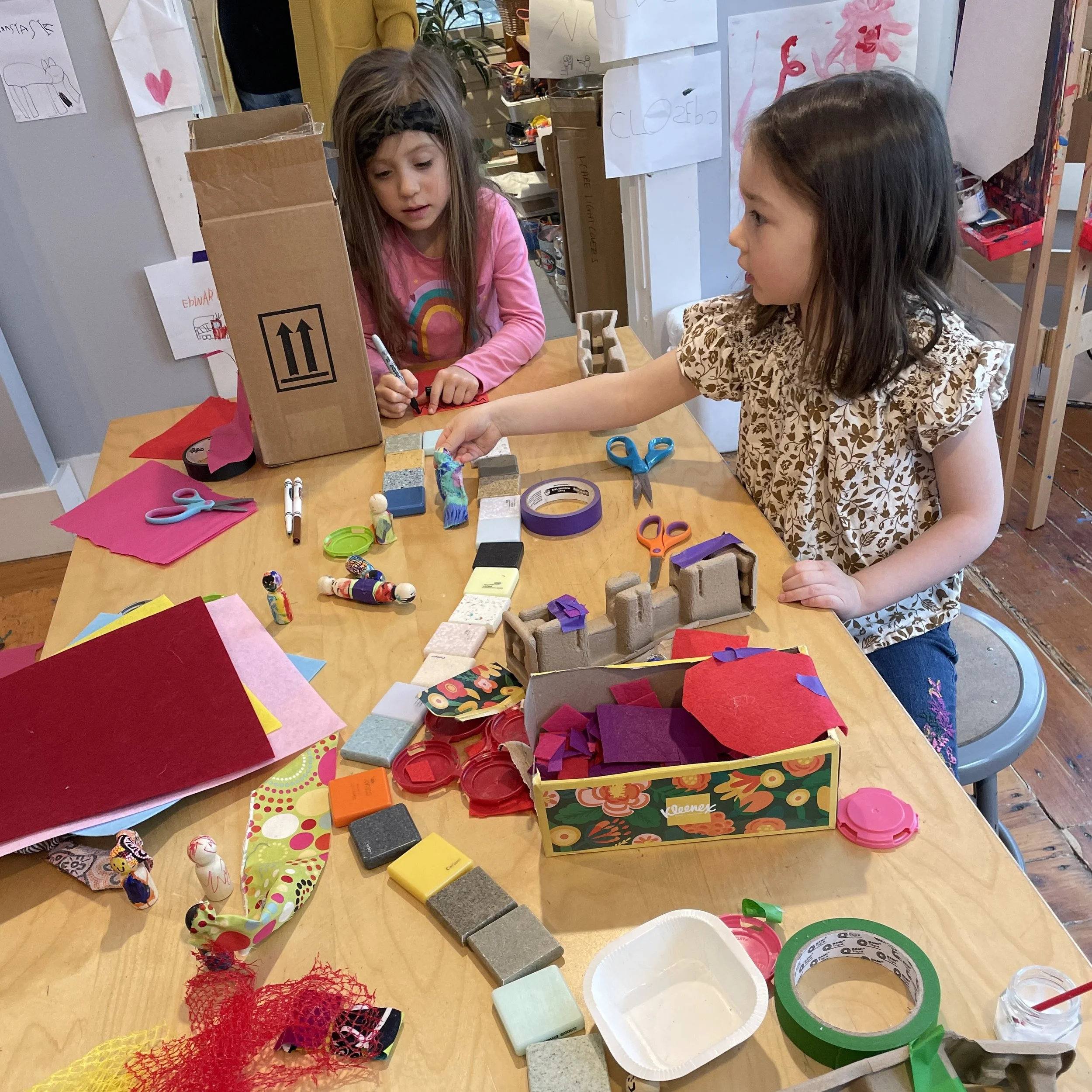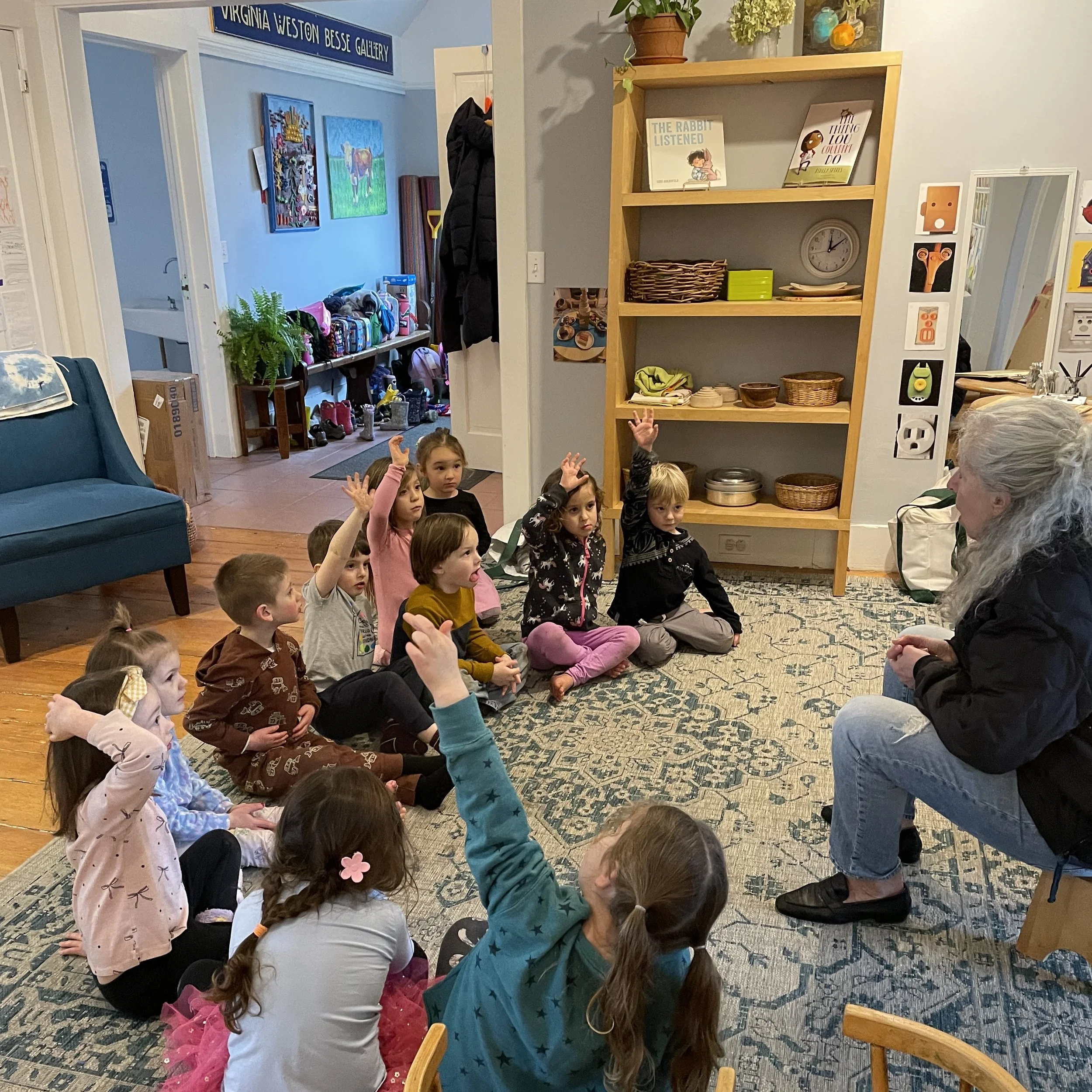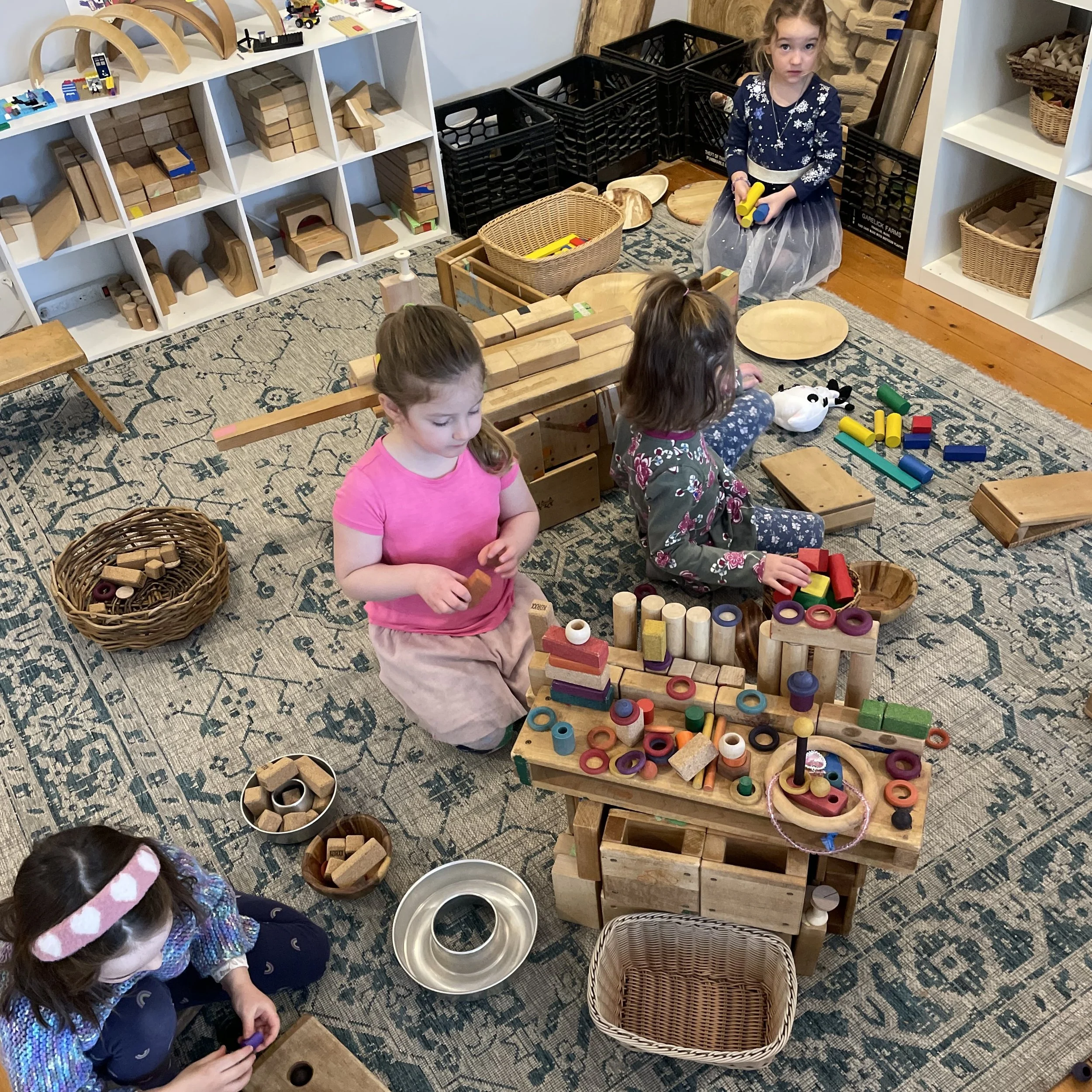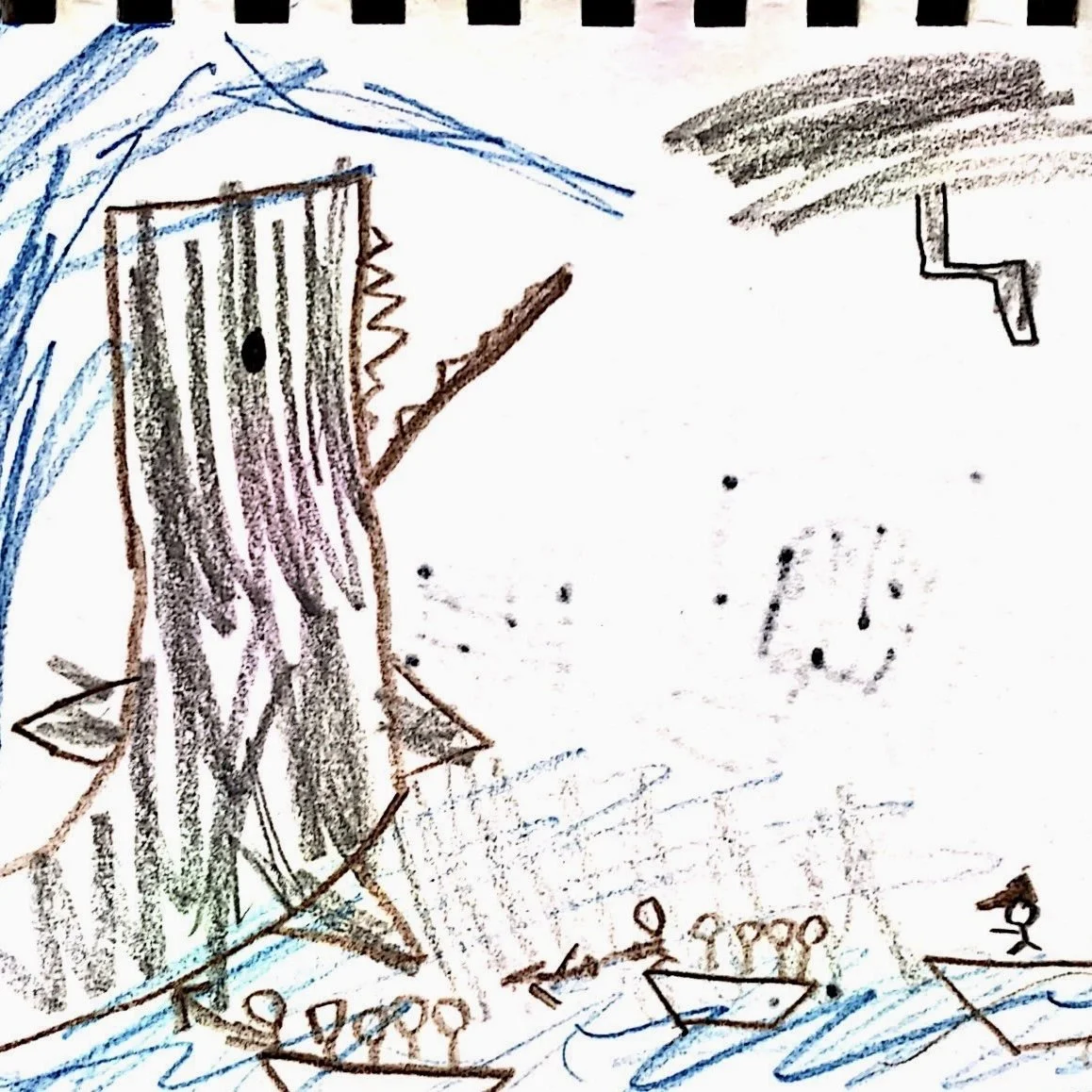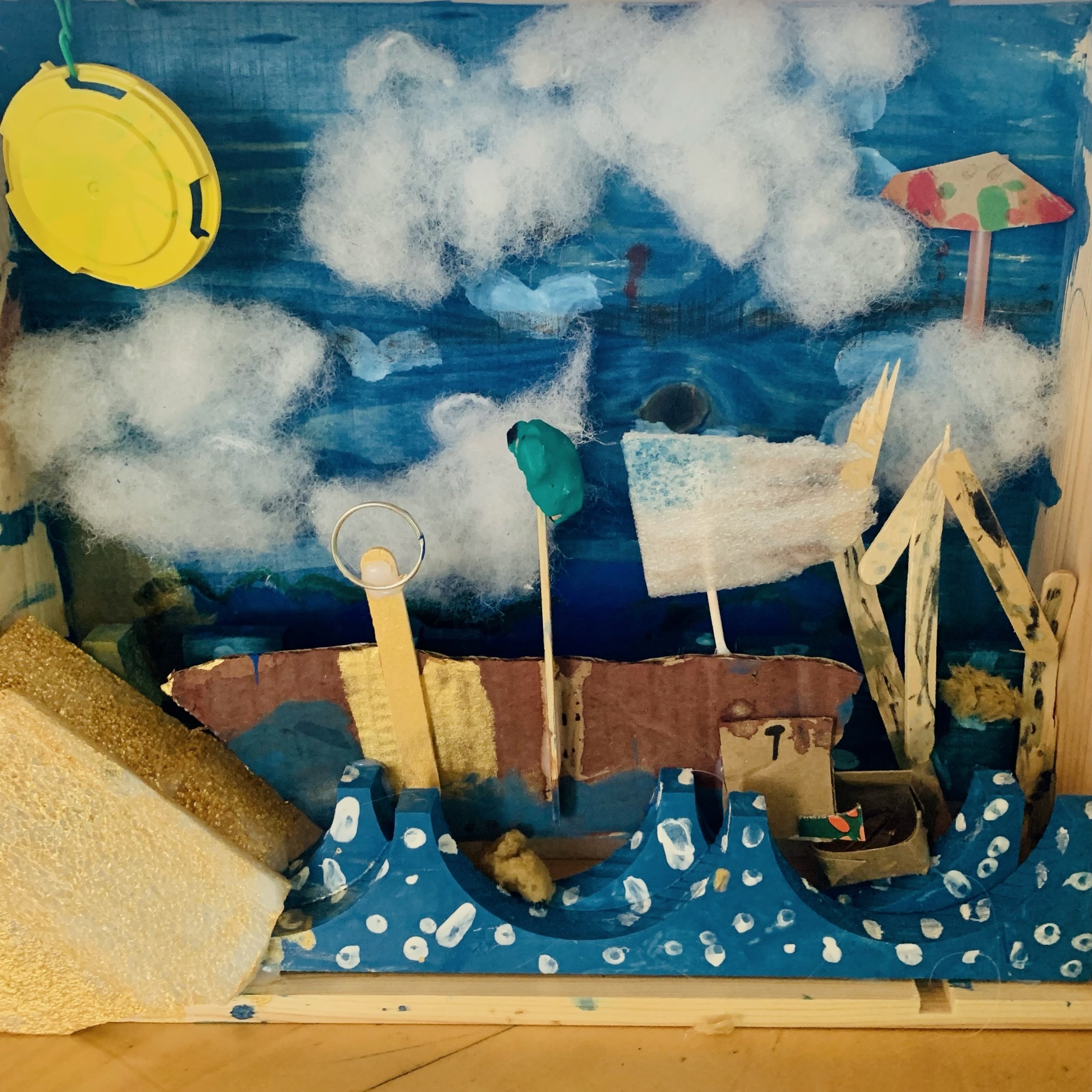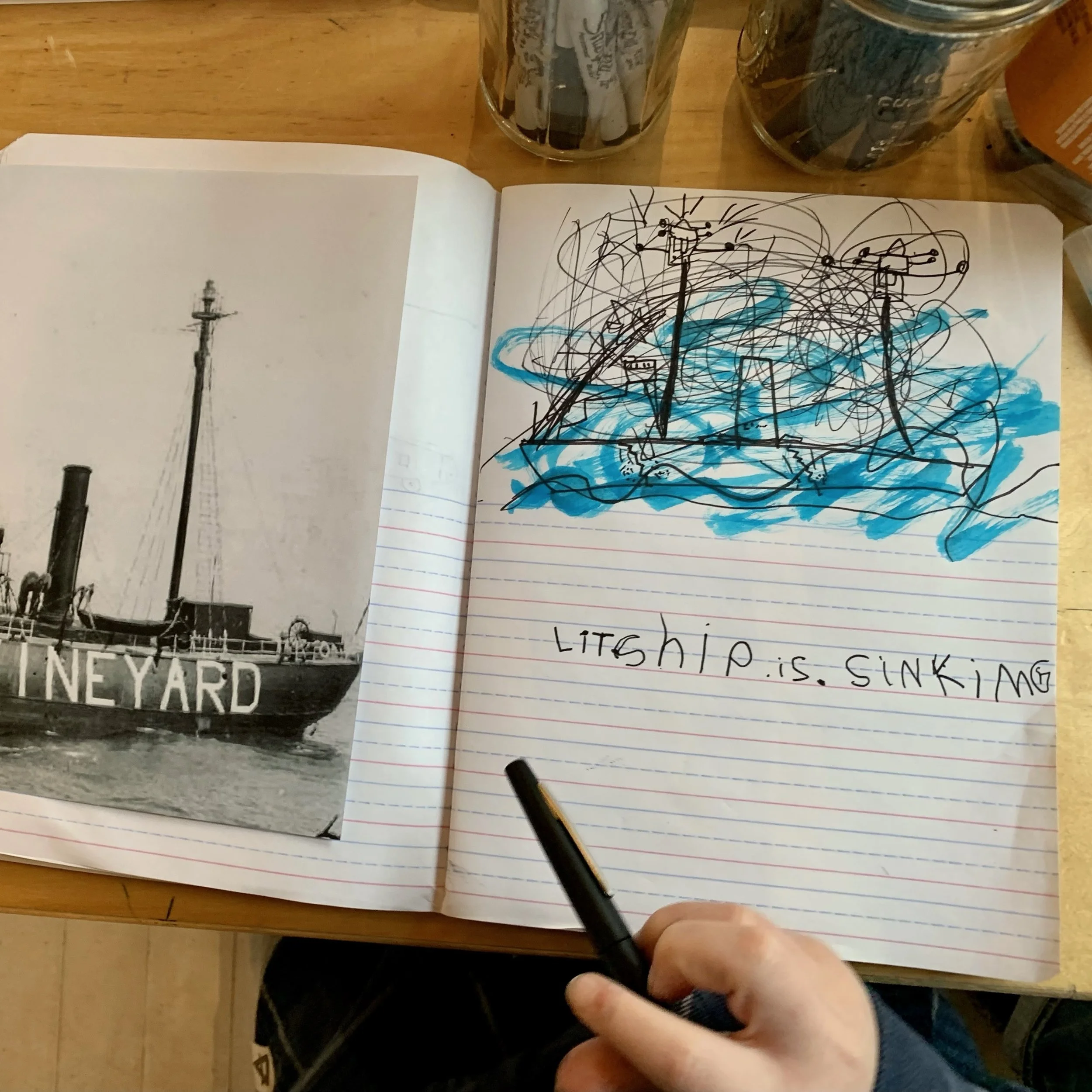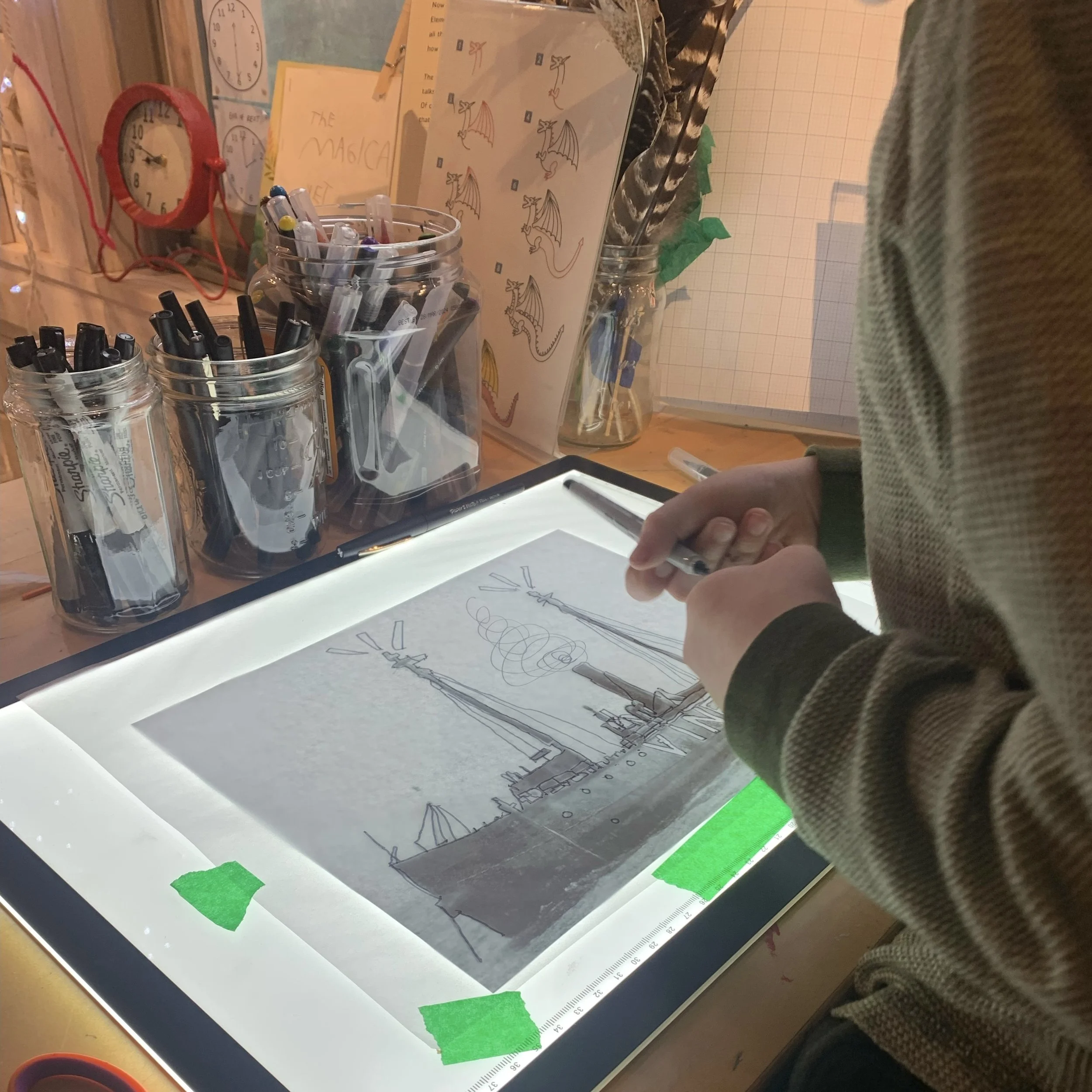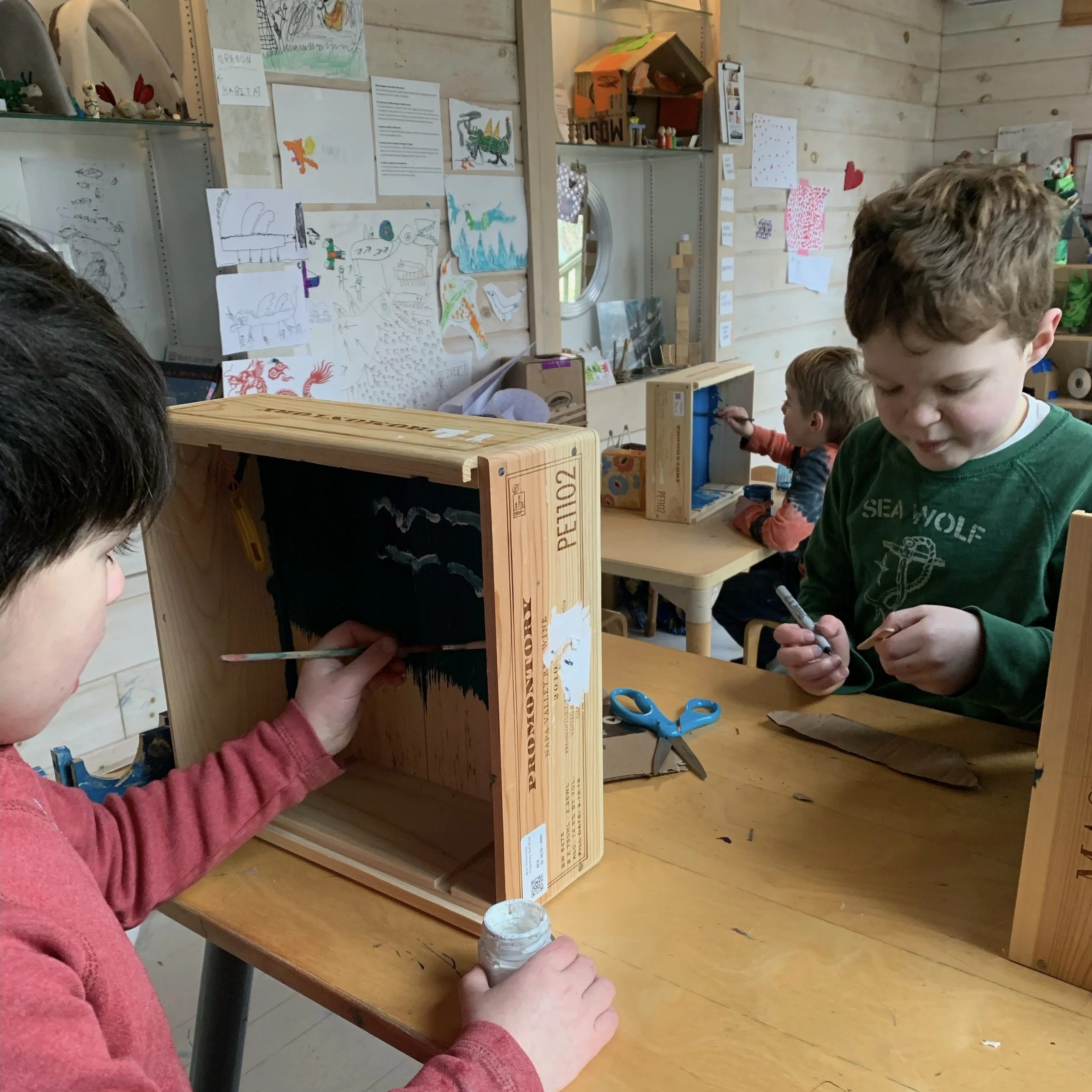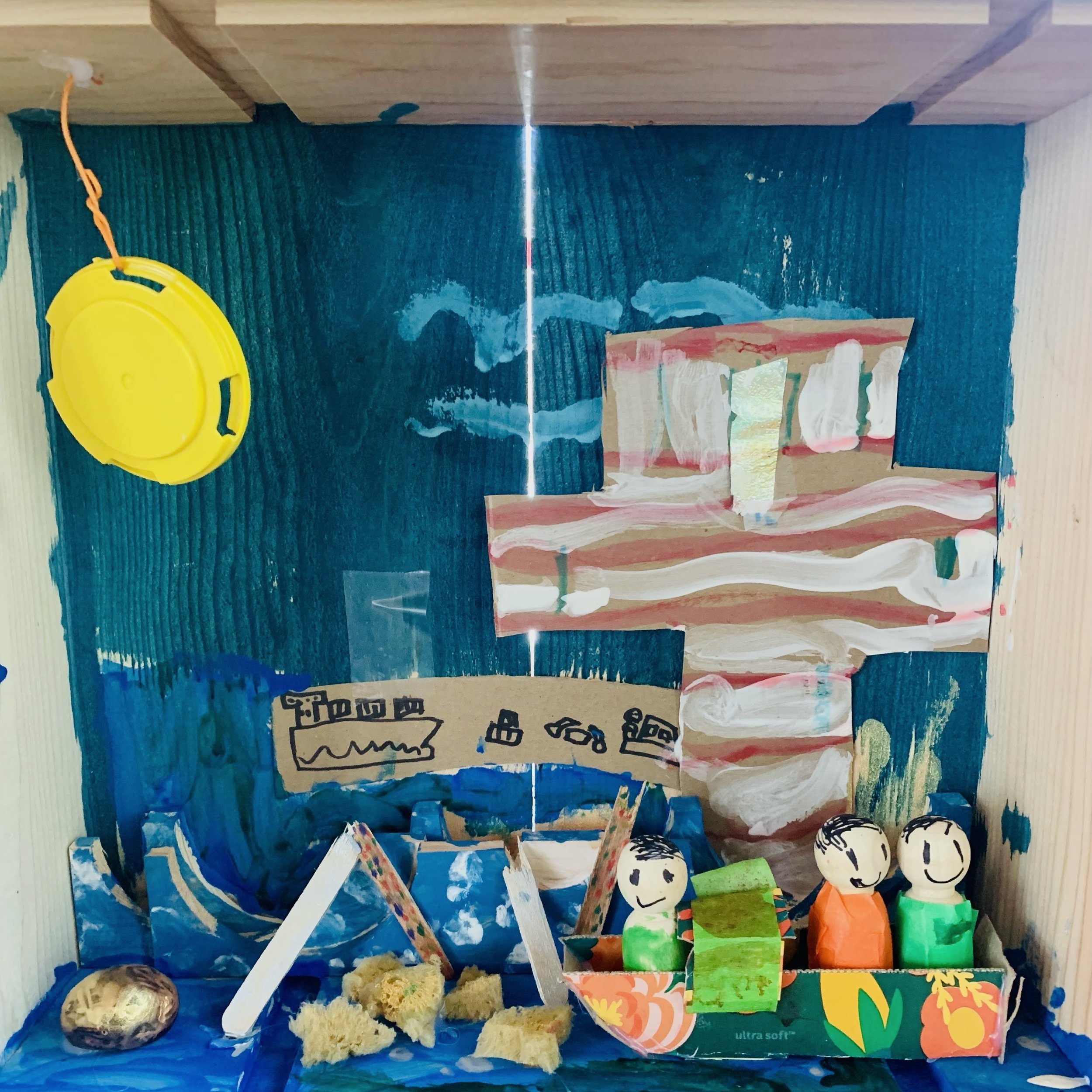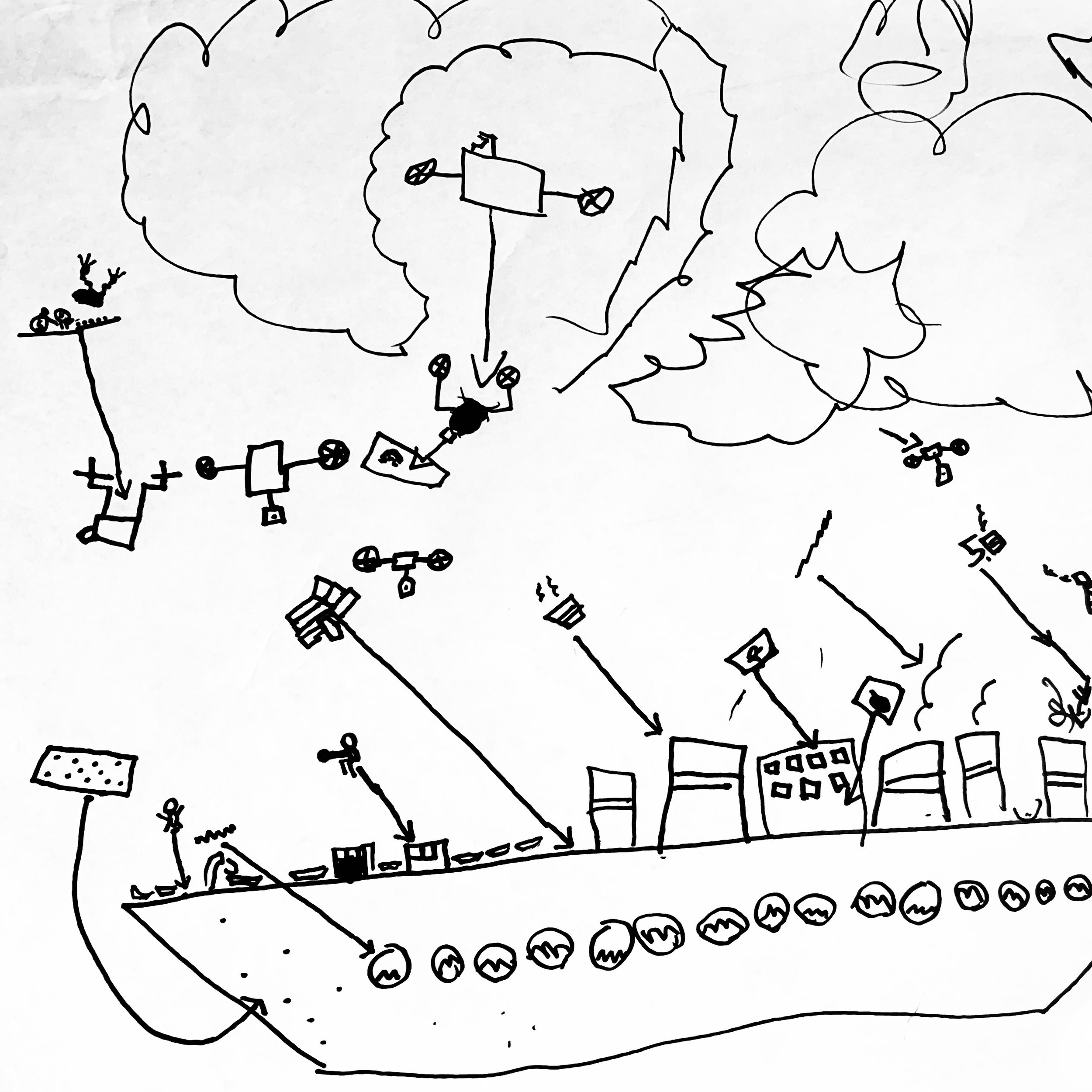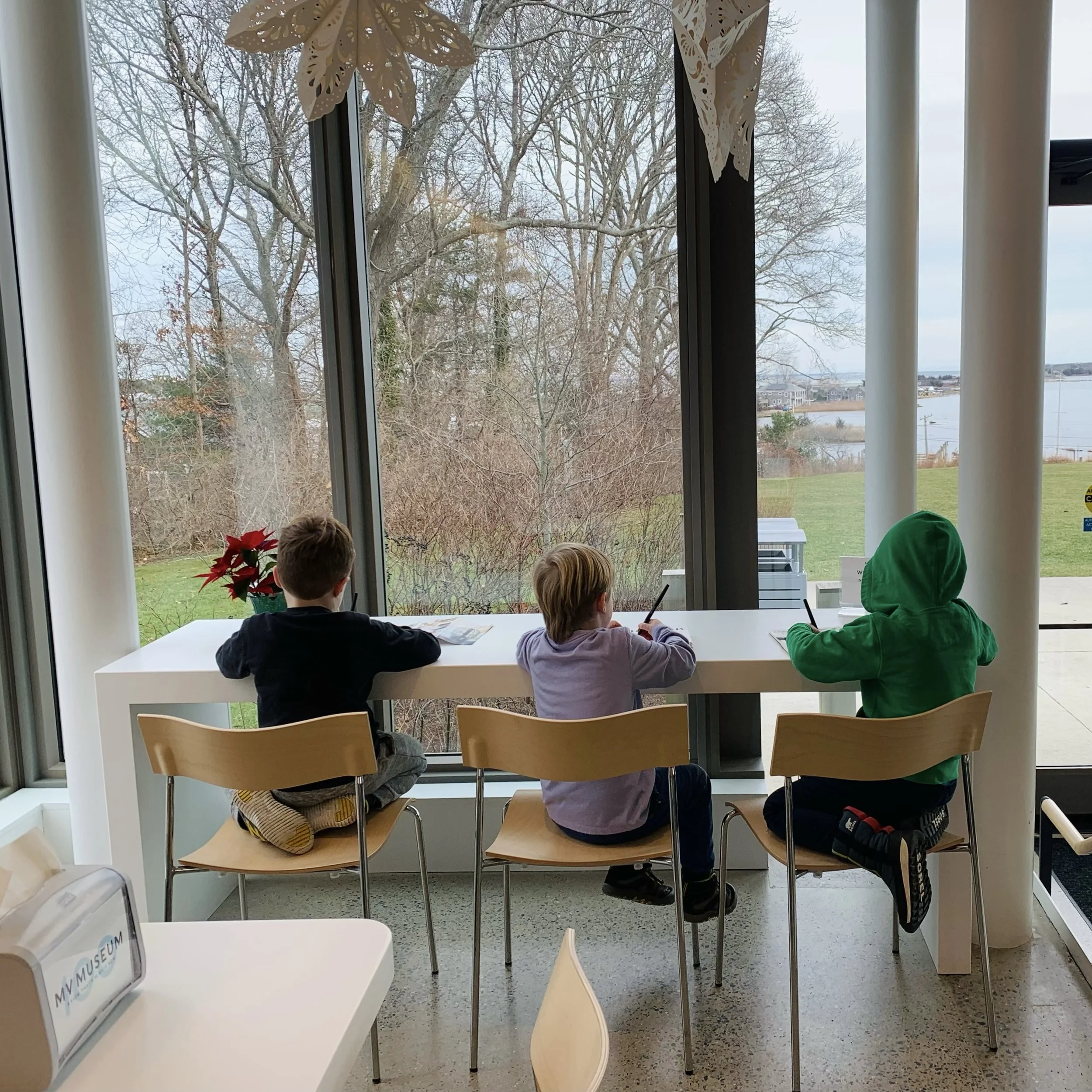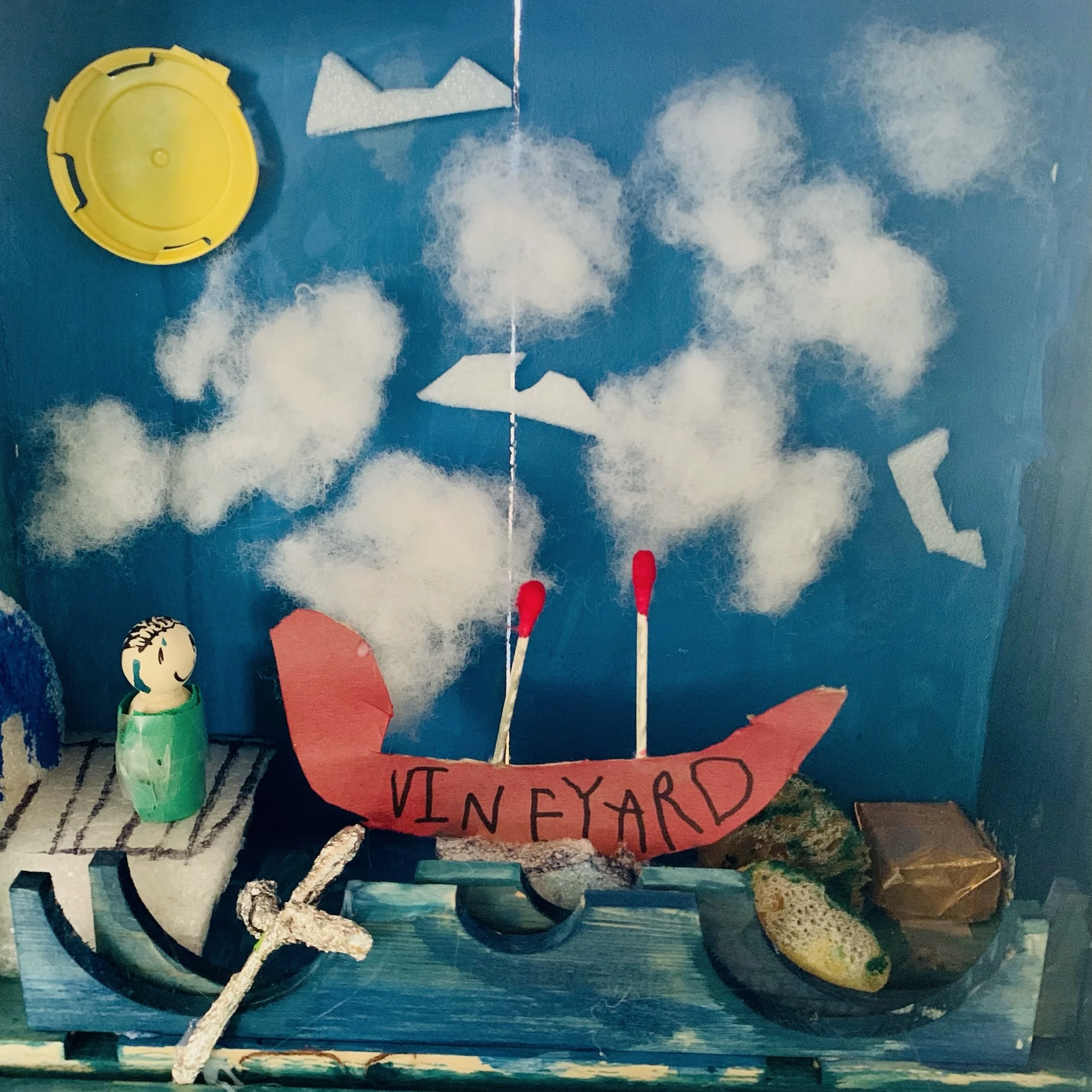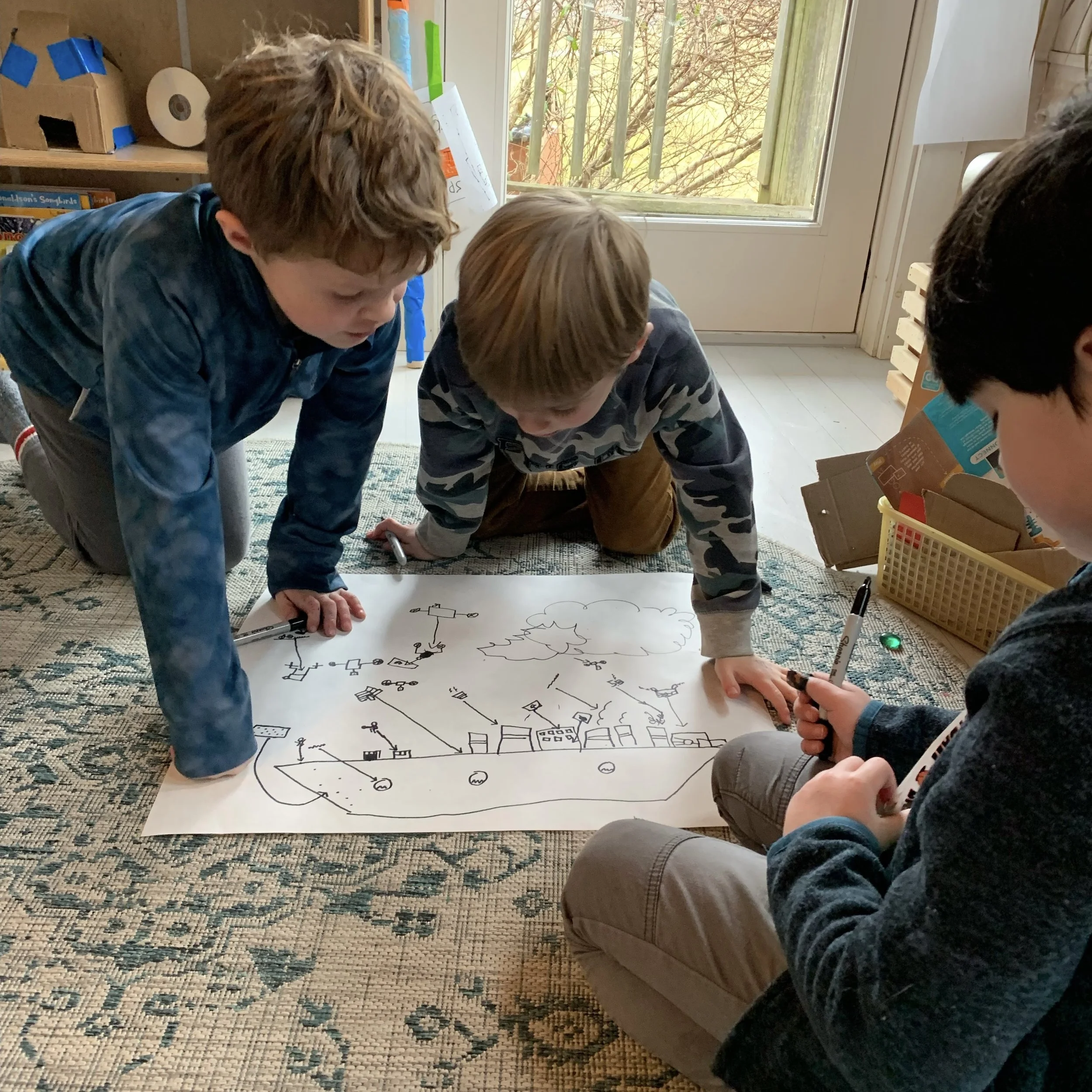MARCH 2024 Newsletter
Learning as a Social Process
“Given the diversity of the children we teach, accepting a canned recipe for teaching, evaluation, and assessment is problematic at best. Each child we teach is unique, requiring us to use our own judgment, instead of rules, to guide our teaching practice. To teach well, educators must ensure that creativity and innovation are always present. Although good teaching requires organization and routines, it is never inflexible and rarely routine. It dances with surprise. It pursues wonder. It finds joy at every turn.”
National Association for the Education of Young Children
Inspired by Reggio Emilia: Emergent Curriculum in Relationship-Driven Learning Environments
At Garden Gate, we believe it is our responsibility to challenge current educational orthodoxy. Our Kindergarten offers an alternative to many state and local school district mandates, testing, and state learning standards that directly contradict what we know about how young children develop and learn. Our creative, innovative approach to early childhood education supports individual learning styles and differences. Focusing first and foremost on the social and emotional wellbeing of our children, we look to provide a flexible, relationship-driven learning environment.
At Garden Gate, our practices are based on the educational theories that form the foundation of the Reggio Approach. Among the theorists that have the greatest influence on our work is Lev Vygotsky. Vygotsky believed that the child is a social being, and that cognitive development is led by social interactions. At Garden Gate we provide opportunities for our children to pursue their interests and to share their thoughts and ideas. We believe this interaction plays a central role in development and learning and we design our curriculum projects with this in mind. Our children create knowledge and learn through their interactions and collaboration with peers who bring new skills, ideas and perspectives to the table.
“Children are encouraged to make explicit what they think and engage in interaction, discussion, and conflict (intellectual argument) in order to negotiate and build meaning with others. In this way children co-construct knowledge in relationship with other children and their teachers.”
The Education Hub
The Reggio Emilia Approach
In each of our studio classrooms, you will find a kind of energy that comes from this approach to learning. The children are excited, passionate, eager to share and discover.
STUDIO ONE
As we return to school after February break, everyone has been quite busy in the classroom. The teachers are beginning to take down our Robot work to send home with families.
New ideas are emerging in the classroom. We have been reading “Be a Maker” by Katey Howes. We have been talking about what it means to be a maker during our morning snack time discussions. We have learned so far that anyone can be a maker and you can use a variety of materials to make something.
“Ask yourself this question in the morning when you wake: in a world of possibilities what will you make?”
The teachers have created a “makers’ shelf” in our classroom, full of different recycled materials. The children will explore using tape, glue, string scissors etc to attach and create something. Whatever it may be! So far we have had pizza made out of popsicle sticks and tape, chocolates made from poker chips and colored tape, coins made from the same poker chips and clear tape with numbers. This shows how flexible the materials can be, leaving them open to the children’s imagination.
This is a great opportunity for the children to come together as learners, to share their ideas and knowledge and work together collaboratively.
At the end of the day, ask your child what they made today? You can encourage them to be a maker at home as well using materials you have or helping prepare snacks or meals. This is a great way to get them involved and help them understand there are many different ways to be a “maker”.
We are looking for donations to add to our makers shelf. Small to medium sized recyclable materials you may have at home/work that might be interesting to use.
STUDIO TWO
In Studio 2, space exploration is a thing of the past. Right before February break, one child asked her teachers "why is the space ship still here?" Clearly attention has turned to things closer to earth.
The sense of place is a recurring theme these days. Creating houses, restaurants, even cozy bedrooms and beds for beloved "stuffies" are being made with magnatiles, blocks, cardboard and tape as well as drawn on paper.
After break, teachers shared some photos of New York City and one, of the George Washington Bridge, caught everyone's eye. We then read "Tar Beach" by Faith Ringgold and "Abuela" by Arthur Dorros and looked closely at the illustrations of city streets and what the illustrator chose to include. Another inspiration was a teacher's recent visit to the Metropolitan Museum of Art's new "Harlem Renaissance" exhibit. The artist Romare Bearden's work, "The Block", is helping us think about the places around us - like restaurants, supermarkets, barber shops and churches.
The children are thinking about places that are important to them. Who knows where we will go from here? Build a three-dimensional restaurant, create a mural or make a collage of important places around us?
The freedom to explore the sense of place through different materials and media is exciting and inviting. Children can use the material(s) that mean the most to them to express their vision.
Anything you have at home - including old magazines we could use for collage - would be welcome donations. And, of course, you know we love cardboard boxes of all sizes.
We look forward to sharing our new places and seeing you around our neighborhoods.
KINDERGARTEN
Children in the kindergarten room have been studying boats and the Maritime history of Martha's Vineyard. Recently, there have been a lot of discussions around, and stories developed about, the ocean liner Titanic along with its tragic history. To express their knowledge about this ship, the kindergartners are planning to make a model of the Titanic from cardboard and wood, adding to their clay and diorama shipbuilding of the past few weeks.
When planning curriculum for kindergarten, an eye is always kept on the “big idea”, the core of the curriculum. The big picture as this project develops is helping children figure out who they are as collaborative learners, what they can bring to the community and what questions they need to ask us to gain more information in their studies. While studying the Titanic, students will need to find ways for research their topic. They will collaborate with one another to develop a plan, decide on the materials to be used, and divide up the duties for the execution of their model. With this creative partnering children broaden their understanding of the work they undertake as a group. As they work to solve problems, make decisions and give significant input on planning, their understanding about their topic deepens and becomes personally meaningful as they construct new ideas and theories together.
At this point in the year, kindergartners truly see themselves as important members in the classroom and citizens of their larger community. To enhance the broader world view, we will be taking some field trips into the community. This first-hand, off-site research will add new dimension to our curriculum project, and will help bring learning to life for both the children in the classroom and the adults in our community.
As outlined in the Garden Gate approach to learning, “this component of the curriculum framework inspires children to think beyond themselves, to see themselves as part of a larger network of support and activity”.
In the spirit of being an important part of a larger community, we continue to build empathy and understanding for others who differ from us in a number of ways.
Conflict and battle, and the emotions that surround it (anger, fear, confusion) have been a natural offshoot of investigating maritime and wartime history. The Rare Tiny Flower by Kitty O’Meara explores the idea that chaos and war can explode over something as simple and delicate as a flower, and how seeing the world through the eyes of another can build a bridge to compassion and personal connection.
“The people were shining, for they were new, too.
Each one considered the other one's view.
The rare tiny flower, shared wisdom that day-
a rainbow can happen when love leads the way.”
-The Rare Tiny Flower by Kitty O’Meara
In the Featherstone Art Barn
Throughout the month of March, Featherstone will be celebrating the 50th anniversary of the Martha’s Vineyard Commission, the planning and regulatory agency for Dukes County. The MVC has done wonderful work to preserve the Island’s natural, historical, ecological, scientific, and cultural values through a regional lens. An informative look at the Commission’s past and present, including major milestones and archival material will be on display during this special exhibit. Open daily from 12-4, feel free to stop in at pick up time and take a look at some of the Island’s history!

